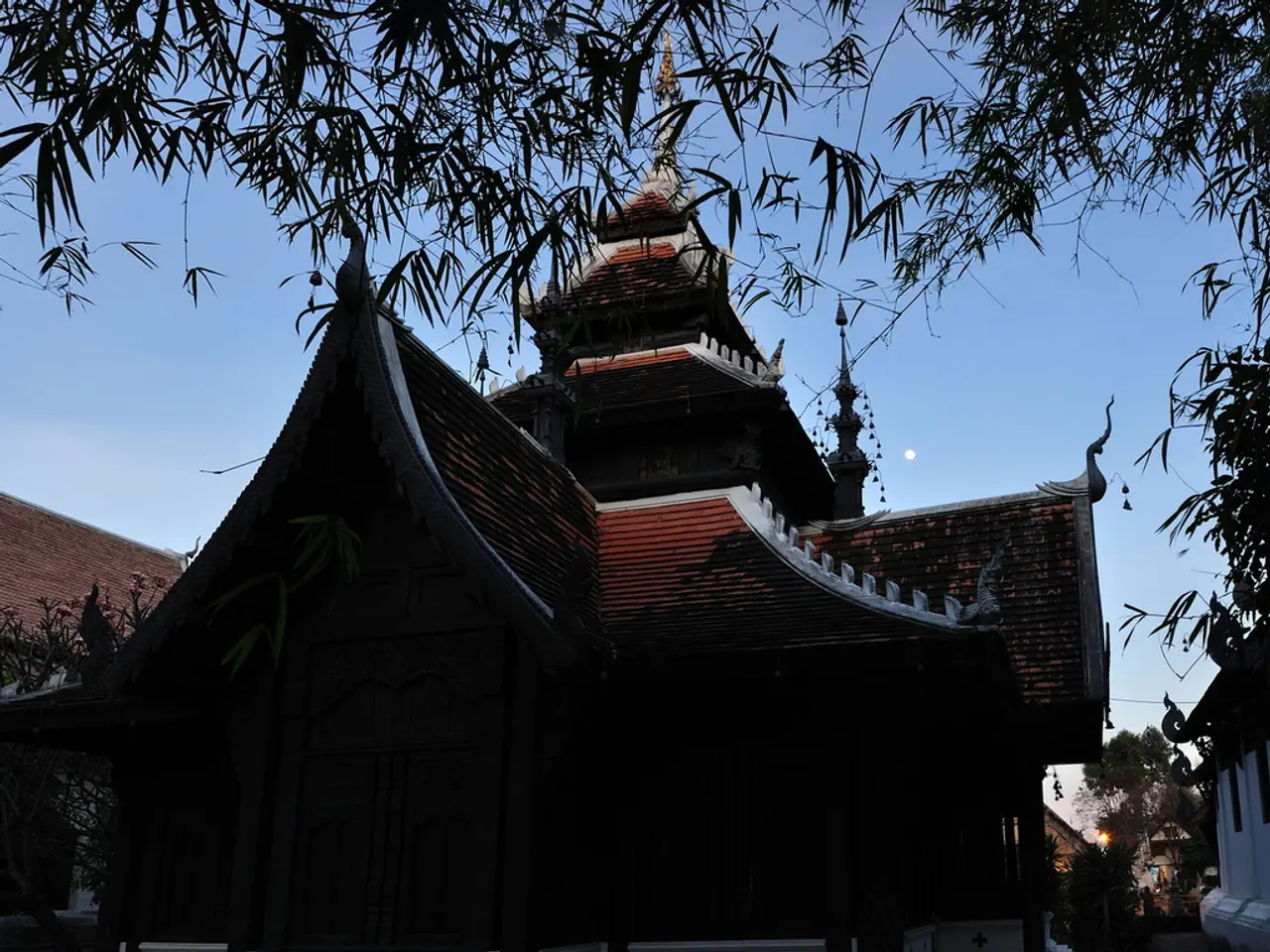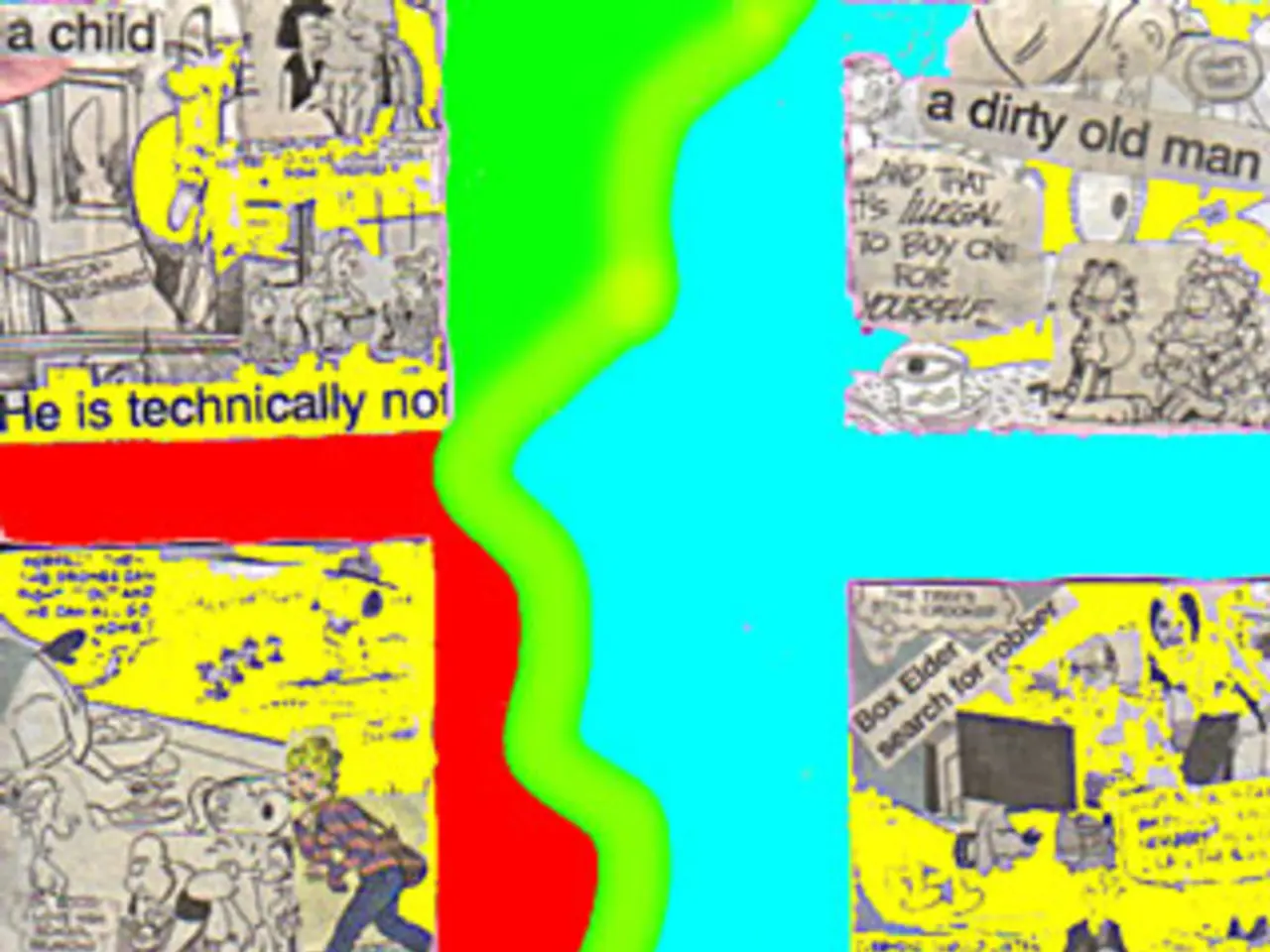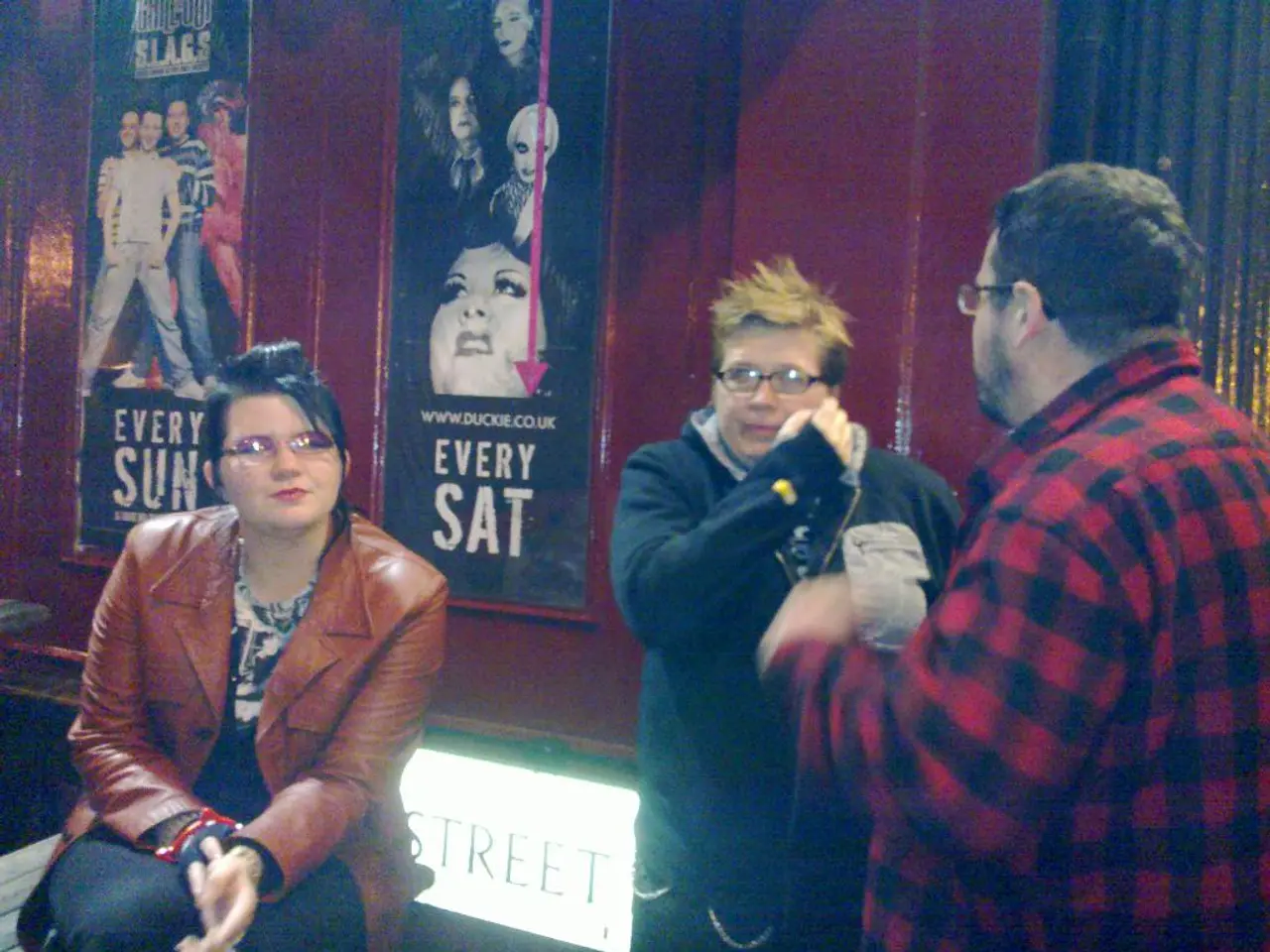Indonesia tightens enforcement against pirate flag demonstrations
In recent days, a unique symbol of political dissatisfaction has emerged in Indonesia - the One Piece pirate flag. This flag, originating from the Japanese anime series, is being used as a protest symbol against President Prabowo Subianto's government.
The flag, featuring a Jolly Roger skull wearing a straw hat, resonates with anti-government sentiment in Indonesia. It symbolizes rebellion against a draconian regime, a theme that mirrors the public discontent, frustration with stagnation, and calls for change in the country. Many protesters, including truck drivers and youth, raise the flag to express their perceived lack of freedom of speech and dissatisfaction with government policies.
The government's response has been strongly negative. Officials label the flag a "provocation" and threaten to ban it from being flown alongside or near the national flag, especially on Independence Day, August 17. They claim the flag's use is a "coordinated attempt to divide the nation" and threaten crackdowns on those displaying it.
However, rights groups argue that the response is excessive and that Indonesians are allowed to wave the One Piece flag by law. Amnesty International Indonesia executive director Usman Hamid asserts that raising the One Piece flag as a critic is a part of the freedom of speech and is guaranteed by the constitution.
Sociologists and academics urge the government to listen to the citizens' grievances behind the symbol rather than treating it as a rebellious or treasonous act. Protesters like university student Khariq Anhar see the flag as a limited but vital voice against repression.
The flag's rapid spread on trucks, homes, and social media has turned it into a viral emblem of protest, especially when juxtaposed with the official national flag. The government may ban the flying of the pirate flag next to Indonesia's colors, or its raising on August 17, the 80th independence anniversary after Japan's surrender at the end of World War II.
There is a generational divide, with older locals viewing the Indonesian flag as hard-won after centuries of colonial rule, while younger Indonesians see the new movement as an expression of disappointment. The pirate flag was initially taken up by disgruntled truck drivers earlier this summer, but it has since snowballed into a larger online and real-life movement.
Online culture has been a popular channel for Indonesian dissatisfaction against perceived government corruption and nepotism. Officials in Indonesia consider the display of the pirate flag as a provocation and warn it should not be flown alongside the country's red-and-white flag. However, some, like food seller Andri Saputra, justify the display of the pirate flag as it being a "cartoon flag from Japan."
As the nation prepares for its Independence Day celebrations, the standoff between the government and protesters using the One Piece pirate flag as a symbol of dissent continues. The government maintains that the flag is a provocation, while protesters argue that it is a legitimate expression of their grievances. The future of this symbol of protest remains to be seen.
- The One Piece pirate flag, originating from a Japanese anime series, has become a symbol of political dissent in Indonesia, resonating with anti-government sentiment among protesters.
- The flag's use as a protest symbol against President Prabowo Subianto's government has sparked a generational divide, with older locals viewing the Indonesian flag as hard-won after centuries of colonial rule, while younger Indonesians see the new movement as an expression of disappointment.
- The flag's rapid spread on trucks, homes, and social media has turned it into a viral emblem of protest, especially when juxtaposed with the official national flag.
- Sociologists and academics urge the government to listen to the citizens' grievances behind the symbol rather than treating it as a rebellious or treasonous act.
- The government's response to the flag has been negative, labeling it a "provocation" and threatening to ban it, while rights groups argue that the response is excessive and that citizens are allowed to wave the One Piece flag by law.




